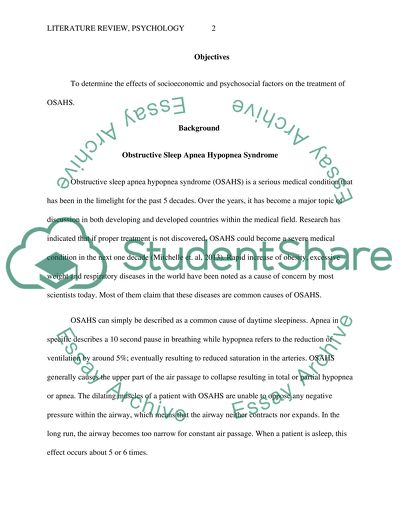Cite this document
(“Treatment of OSAHS Literature review Example | Topics and Well Written Essays - 3000 words”, n.d.)
Treatment of OSAHS Literature review Example | Topics and Well Written Essays - 3000 words. Retrieved from https://studentshare.org/psychology/1637633-treatment-of-osahs
Treatment of OSAHS Literature review Example | Topics and Well Written Essays - 3000 words. Retrieved from https://studentshare.org/psychology/1637633-treatment-of-osahs
(Treatment of OSAHS Literature Review Example | Topics and Well Written Essays - 3000 Words)
Treatment of OSAHS Literature Review Example | Topics and Well Written Essays - 3000 Words. https://studentshare.org/psychology/1637633-treatment-of-osahs.
Treatment of OSAHS Literature Review Example | Topics and Well Written Essays - 3000 Words. https://studentshare.org/psychology/1637633-treatment-of-osahs.
“Treatment of OSAHS Literature Review Example | Topics and Well Written Essays - 3000 Words”, n.d. https://studentshare.org/psychology/1637633-treatment-of-osahs.


